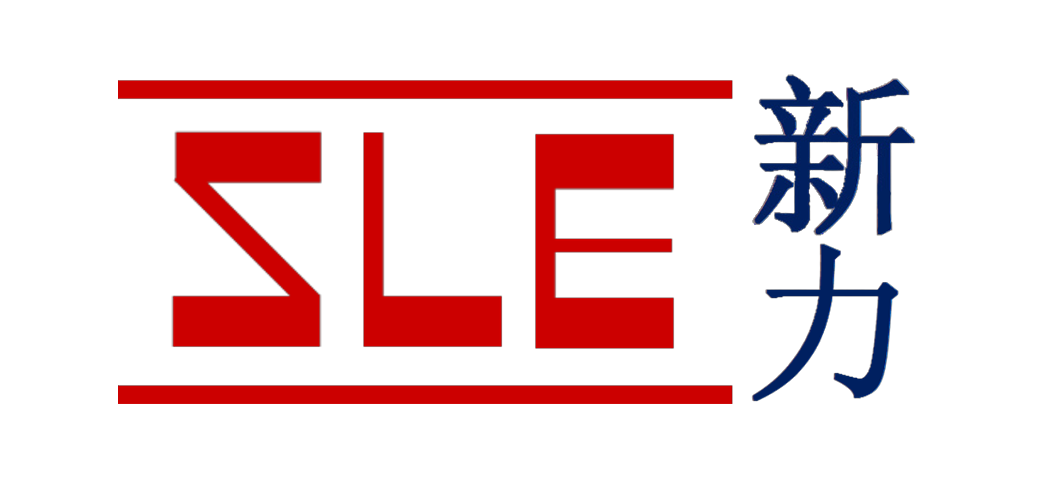
Recovery of Low-Grade Heat Waste (80° C)
Climate ChangeChang ChunShing Leck EngineeringJTC
Up to S$68,000 in pilot fundingS$20,000 POC Development GrantAccess to pilot and test facilities


Note: The following challenge statement is supported by two companies, Chang Chun Group and Shing Leck Engineering Service. To make a submission, please select which company you would like to address. If you would like to apply to both companies, you will have to make two submissions.
Chang Chun Group is an industrial conglomerate headquartered in Taiwan that operates in sectors including chemicals, plastics, and materials. Their industrial facilities are engaged in a range of processes that generate a significant amount of waste heat, which is often considered "low-grade" heat due to its relatively low temperature (80 degrees Celsius). Unless recovered, this waste heat is released into the environment, contributing to energy loss and impacting the environment.
Shing Leck Engineering Service (SLE) is a Singapore-based process plant engineering and construction services entity. SLE primarily serves the process sector. These are industries concerned with the processing of bulk resources into other products, and include pharmaceutical, chemical, petrochemical, oil and gas, semiconductor, etc. Many of these industrial facilities generate a significant amount of "low-grade" heat (60-80 degrees Celsius). For instance, these facilities utilise power generators to produce electricity and waste heat is produced as a byproduct. While existing commercial solutions such as steam boilers or thermoelectric generators have been considered, they are not commercially viable in their current state for wide-scale implementation.
___
These two companies are looking for innovative solutions to capture, recover, and effectively utilise the waste heat generated during their manufacturing processes. By doing so, they aim to achieve several objectives:
Energy Efficiency: Recovering and utilising low-grade waste heat enhances the overall energy efficiency of manufacturing production processes. This results in reduced energy consumption, which in turn lowers operational costs and environmental impact.
Resource Conservation: Converting waste heat into usable energy resources help conserve valuable natural resources that would otherwise be used to generate the energy required for various processes. There can also be cost savings here.
Environmental Impact: By optimising the recovery and utilisation of waste heat, they aim to reduce its carbon footprint and other environmental emissions associated with energy consumption.
How might we optimise the recovery of low-grade heat waste (80 degrees Celsius for Chang Chun or 60 to 80 degrees Celsius for Shing Leck) and redirect the heat to a productive use within the manufacturing facility?
Many industrial processes require a significant amount of energy for heating, cooling, and various other operations. Maximising the recovery and utilisation of low-grade heat can greatly contribute to improving the overall energy efficiency of these processes.
Requirements
It is important to note the specific temperature – 80 degrees Celsius for Chang Chun and 60 to 80 degrees Celsius for SLE – stated in this challenge statement. Low-grade waste heat at this temperature is typically not suitable for conventional energy conversion methods, such as steam turbines.
But it can still be used in other ways like preheating fluids, generating electricity, or powering absorption chillers for cooling processes. Potential approaches include the implementation of:
- A heat exchanger system to transfer waste heat to other processes that require heat input;
- An Organic Rankine Cycle (ORC) system or thermoelectric generator to convert low-grade heat into electricity; and/or
- Heat pumps to elevate the temperature of the waste heat to a level suitable for specific processes.
PILOT
For Chang Chun, the pilot would be run at the Chang Chun Singapore factory starting from June 2024, focusing on a smaller-scale operation.
For SLE, the pilot would be run at a client’s manufacturing facility in Singapore.
For both Chang Chun and SLE, Enterprise Singapore is augmenting their support with a S$20,000 POC development grant. This POC development grant will be made available to solution providers, both local and foreign, provided that they engage in innovation development activities in Singapore.
Resources and incentives
Chang Chun Group is providing funding of up to S$68,000 for the trial.
Likewise, SLE is offering up to S$68,000 for a trial.
Info Session
Check out the recording from our Info Session, where SLE shared more about their challenge statement.
Market Potential / Business Opportunity
Upon demonstrating satisfactory performance of the pilot, the innovator can scale and commence commercial discussions on pricing, investment amount and required utilities.
For Chang Chun, the solution's success can lead to its expansion across Chang Chun Group's sites in China and Taiwan.
For SLE, it can lead to expansion at SLE client sites in Singapore, and subsequently ASEAN markets and beyond. SLE will serve as a strategic partner in the deployment building and operating process of said technology.
Other Considerations
Other Considerations
Chang Chun would like a viable solution to be fully implemented within three years, so your ability to do so is an advantage.
Likewise, SLE would like a commercially viable and universal technology to be fully implemented within two to three years.
Making Your Application
Before you make an application, you will need to register an account on our platform. You will receive a confirmation email upon registration.
Once done, you may proceed to submit your application with your credentials. You can also save your application as a draft if need.
 Sign Up
Sign Up 
